Imagine being able to call your friend’s name across a crowded room and having them instantly recognize not just what you said, but exactly who said it. Now picture this happening underwater, across vast ocean distances, with sounds so unique they’re like vocal fingerprints. This isn’t science fiction – it’s the daily reality for dolphins, who possess one of the most sophisticated naming systems in the animal kingdom.
The Discovery That Changed Everything

In the 1960s, marine biologist David Caldwell made a groundbreaking observation that would revolutionize our understanding of dolphin communication. While studying bottlenose dolphins in captivity, he noticed that each dolphin produced a distinctive whistle pattern that seemed to be uniquely theirs. This wasn’t just random noise – it was something far more profound.
Caldwell’s initial findings suggested that dolphins might actually have individual acoustic signatures, much like humans have unique voices. However, it took decades of research and technological advances before scientists could fully grasp the complexity of what they were witnessing. The implications were staggering: dolphins weren’t just making sounds, they were essentially announcing their identities to the world.
What Are Signature Whistles Exactly?

Signature whistles are unique, frequency-modulated sounds that each dolphin develops and uses throughout its lifetime. Think of them as vocal business cards – distinctive acoustic patterns that instantly identify who’s “speaking” in the underwater world. These whistles typically last between 0.5 to 2 seconds and consist of specific frequency contours that remain remarkably consistent throughout a dolphin’s life.
Unlike human names, which are given to us by others, dolphins appear to create their own signature whistles during their first year of life. The process is similar to how human babies babble before developing speech – young dolphins experiment with various sounds until they settle on their personal acoustic signature. This whistle becomes their primary means of long-distance identification and contact with other dolphins.
The Science Behind Dolphin Vocal Fingerprints
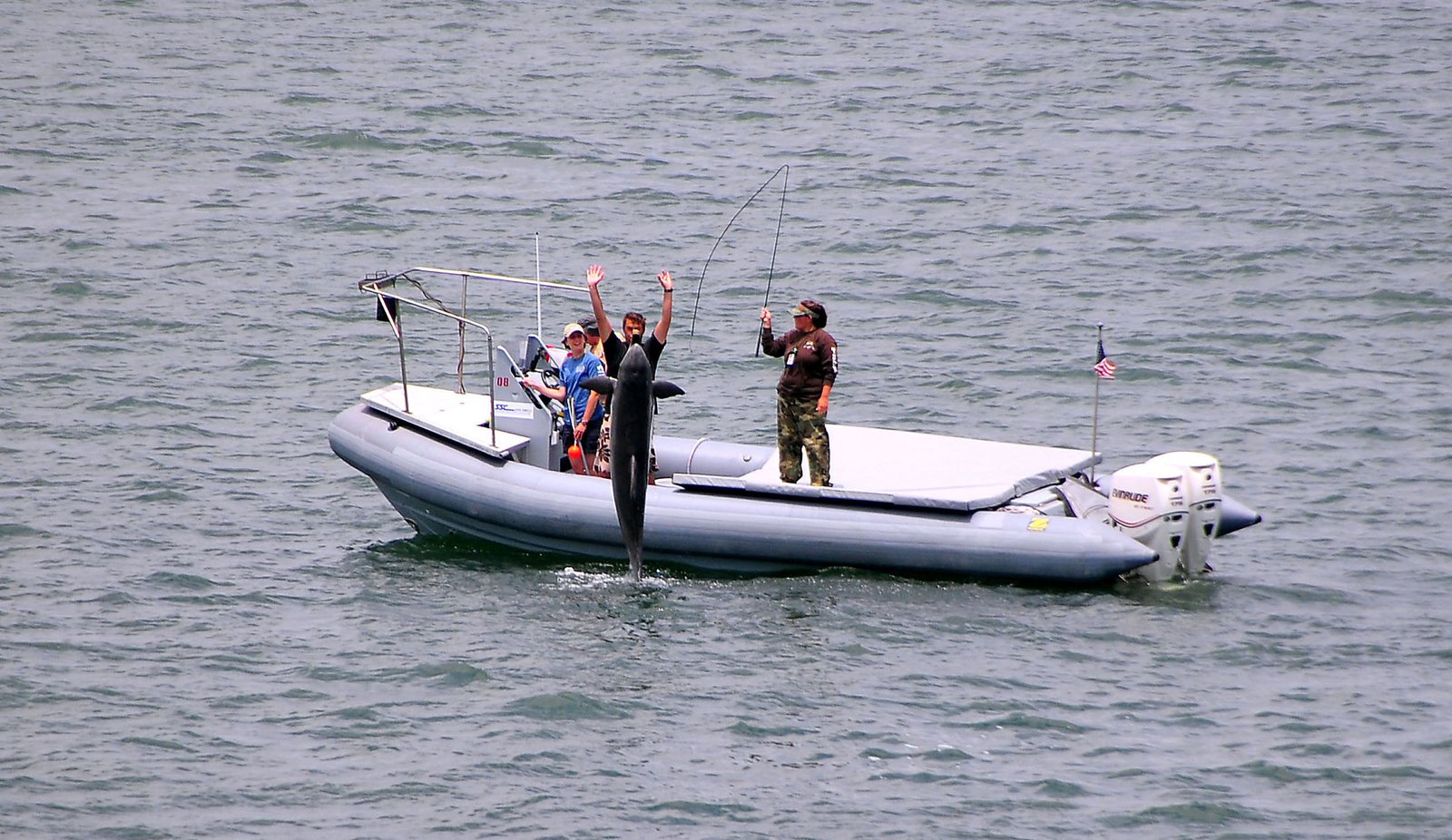
Recent research has revealed that signature whistles are produced by specialized structures in the dolphin’s nasal passages, particularly the phonic lips. These biological sound generators can create incredibly precise frequency patterns that remain stable over time. Scientists have found that dolphins can maintain their signature whistles for decades, with some variations occurring only due to aging or injury.
The acoustic properties of these whistles are remarkably sophisticated. They contain multiple harmonic layers and can be modified in real-time to convey different emotional states or contexts. It’s like having a name that can express not just who you are, but how you’re feeling at any given moment.
How Dolphins Learn Each Other’s Names

Perhaps even more fascinating than having individual names is how dolphins learn and remember each other’s signatures. Research has shown that dolphins can recognize and remember the signature whistles of dozens, possibly hundreds, of other dolphins throughout their lives. This creates a vast social network where individuals can identify friends, family members, and even rivals by sound alone.
Young dolphins learn their mothers’ signature whistles within the first few months of life, creating an unbreakable acoustic bond. They also learn the whistles of other pod members, building a mental library of vocal identities that expands throughout their lives. This learning process is so sophisticated that dolphins can even learn artificial whistles created by researchers.
The Role of Signature Whistles in Dolphin Society

Signature whistles serve as the backbone of dolphin social structure, functioning far beyond simple identification. They help coordinate group activities, maintain contact during hunting expeditions, and even serve as a form of emotional expression. When dolphins are separated from their pod, they often emit their signature whistles repeatedly, essentially calling out their names to relocate their group.
These vocalizations also play crucial roles in conflict resolution and alliance building. Dolphins have been observed using signature whistles to announce their presence when approaching other groups, potentially preventing aggressive encounters. It’s a sophisticated form of diplomacy that relies entirely on acoustic communication.
Mother-Calf Bonding Through Signature Whistles

The relationship between dolphin mothers and their calves provides some of the most compelling evidence for the importance of signature whistles. Mothers frequently use their signature whistles to maintain contact with their young, especially in murky water or during chaotic feeding situations. The calf learns to recognize its mother’s unique whistle pattern within days of birth.
Interestingly, mothers often modify their signature whistles when communicating with their calves, similar to how human parents use “baby talk.” This suggests an emotional dimension to dolphin communication that goes beyond mere identification. The bond formed through these acoustic exchanges can last for years, with adult dolphins sometimes returning to their mothers’ signature whistles during times of stress.
Cultural Transmission of Whistle Patterns

One of the most remarkable aspects of dolphin signature whistles is their potential for cultural transmission. Research has revealed that dolphins living in the same area often share similar whistle characteristics, suggesting that acoustic “dialects” may exist within dolphin populations. This isn’t just coincidence – it’s evidence of cultural learning and social influence.
Young dolphins don’t just learn their mothers’ whistles; they’re influenced by the entire acoustic environment of their pod. This creates regional variations in whistle patterns that can persist across generations. It’s analogous to how human languages develop regional accents and dialects, but in the dolphin world, these variations are embedded in their very names.
Copying and Mimicry in Dolphin Communication

Dolphins possess an extraordinary ability to copy and mimic the signature whistles of other dolphins, a behavior that has profound implications for their social interactions. When a dolphin produces another dolphin’s signature whistle, it’s not just imitation – it’s a form of addressing or calling that specific individual. This is remarkably similar to how humans use names to get someone’s attention.
This mimicry ability extends beyond their own species. Dolphins in captivity have been observed copying artificial whistles created by trainers, and wild dolphins have been documented incorporating elements of boat engine sounds or other environmental noises into their vocalizations. This flexibility suggests a level of vocal learning that was once thought to be unique to humans and a few other species.
The Emotional Dimension of Signature Whistles
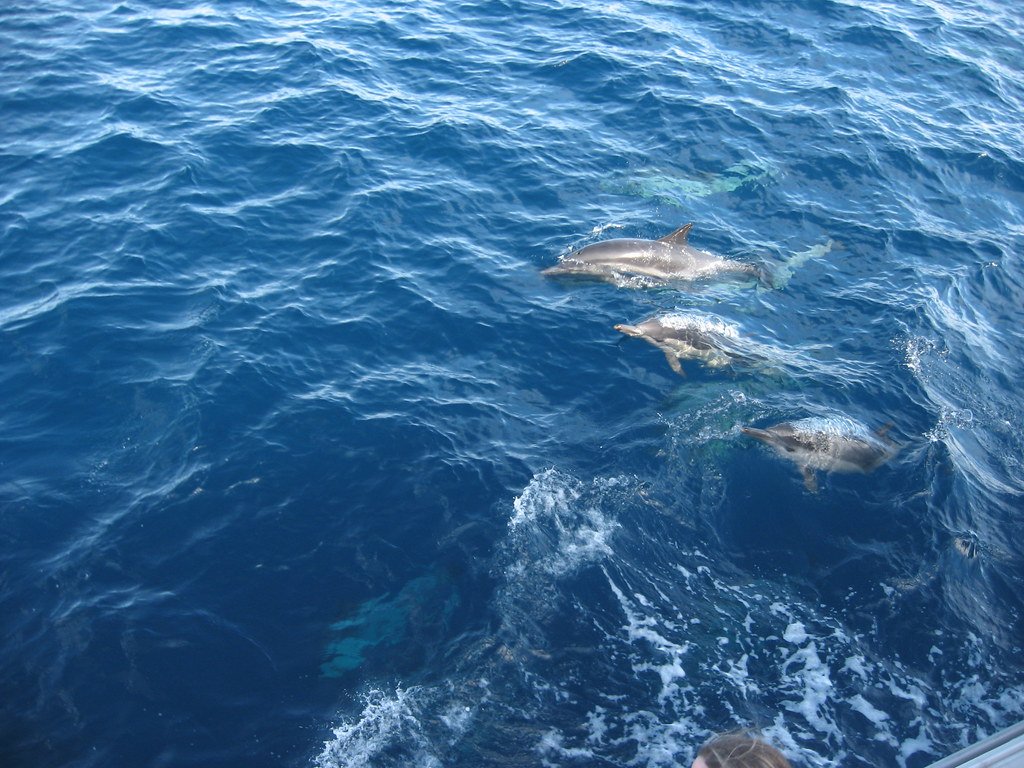
Recent studies have uncovered an emotional layer to dolphin signature whistles that adds depth to their naming system. Dolphins appear to modify their whistles based on their emotional state, stress levels, and social context. A dolphin’s signature whistle can sound different when they’re excited, anxious, or separated from their pod.
This emotional variability doesn’t change the basic identity of the whistle – it’s still recognizable as belonging to a specific dolphin. However, it adds nuanced information that other dolphins can interpret. It’s like having a name that can express joy, concern, or urgency depending on how it’s spoken.
Signature Whistles Across Different Dolphin Species

While most research has focused on bottlenose dolphins, signature whistles have been documented in several other dolphin species, including spotted dolphins, common dolphins, and even some whale species. Each species has its own unique characteristics in terms of whistle structure, frequency range, and usage patterns.
The variations between species are fascinating. Some dolphins use shorter, more rapid whistles, while others prefer longer, more complex patterns. These differences might reflect different social structures, habitat requirements, or evolutionary pressures. It’s like discovering that different cultures have entirely different approaches to the concept of names.
Technology’s Role in Decoding Dolphin Names

Modern technology has revolutionized our ability to study and understand dolphin signature whistles. Advanced hydrophones, computer analysis programs, and artificial intelligence have allowed researchers to identify, categorize, and track individual dolphins by their acoustic signatures. This has opened up new possibilities for studying dolphin behavior and social dynamics.
Some researchers are now using machine learning algorithms to automatically identify dolphins by their signature whistles, creating databases of individual dolphins that can be tracked over time. This technology is proving invaluable for conservation efforts and understanding dolphin population dynamics. It’s like having a phonebook for the ocean’s most intelligent inhabitants.
The Impact of Human Activity on Dolphin Communication

Unfortunately, human activities are increasingly interfering with dolphin signature whistle communication. Ship noise, sonar systems, and other anthropogenic sounds can mask or disrupt these vital acoustic signals. This interference can separate mothers from calves, disrupt pod coordination, and even lead to strandings.
The impact is particularly severe in busy shipping lanes and areas with heavy recreational boating. Dolphins must essentially “shout” their names over the noise, using more energy and potentially altering their natural communication patterns. This acoustic pollution represents a significant threat to dolphin societies that rely so heavily on sound for their social structure.
Conservation Implications of Signature Whistle Research

Understanding dolphin signature whistles has important implications for marine conservation efforts. By monitoring these acoustic signatures, researchers can track individual dolphins over time, assess population health, and identify critical habitats. This non-invasive research method allows scientists to study dolphin behavior without disturbing the animals.
Signature whistle research has also revealed the complex social structures of dolphin populations, highlighting the importance of protecting not just individual dolphins but entire social networks. When dolphins are separated from their pods or relocated, they lose not just their physical environment but their entire social and acoustic world.
Comparing Dolphin Names to Human Language
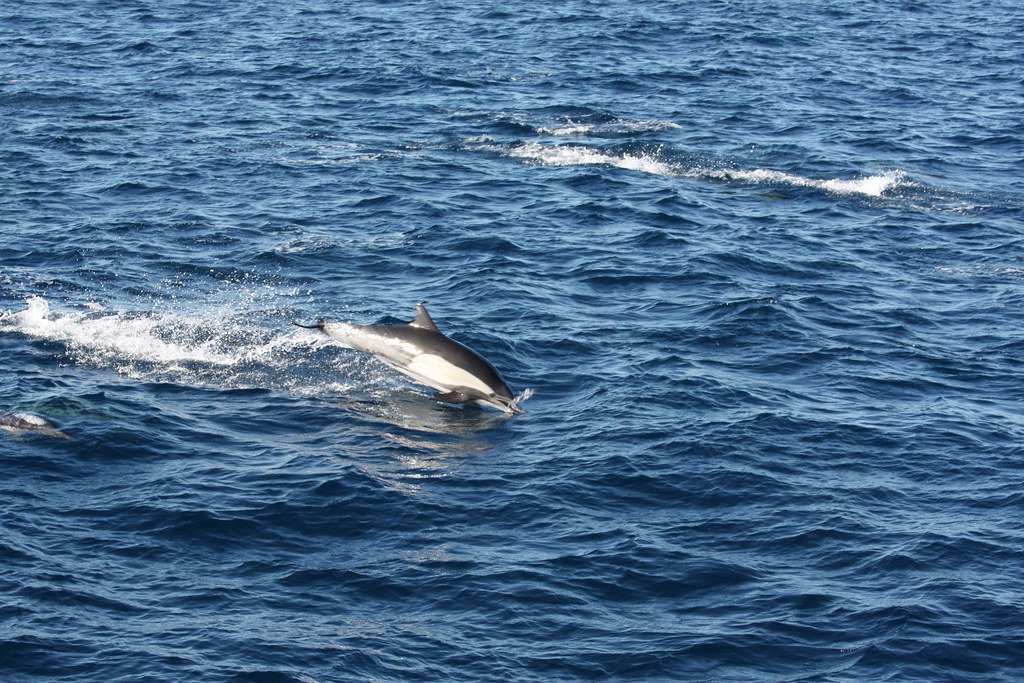
The parallels between dolphin signature whistles and human names are striking, but the differences are equally fascinating. While human names are typically given by others and can change throughout life, dolphin names are self-created and remain constant. However, both serve similar functions in maintaining social bonds and facilitating communication.
Some researchers argue that dolphin signature whistles represent a form of proto-language, with individual identity markers serving as the building blocks for more complex communication systems. This perspective suggests that the ability to name oneself and others might be a fundamental prerequisite for advanced communication, present in both human and dolphin societies.
Future Research Directions

The field of dolphin acoustic research continues to evolve rapidly, with new discoveries regularly challenging our understanding of these remarkable animals. Current research is exploring whether dolphins can combine signature whistles into more complex messages, potentially creating a form of syntax or grammar in their communication system.
Scientists are also investigating the possibility that signature whistles might carry information beyond simple identity, such as age, health status, or emotional state. Advanced analysis techniques are revealing layers of complexity in dolphin communication that were previously unimaginable. The future may hold discoveries that fundamentally change how we view intelligence and communication in the animal kingdom.
What This Means for Our Understanding of Intelligence
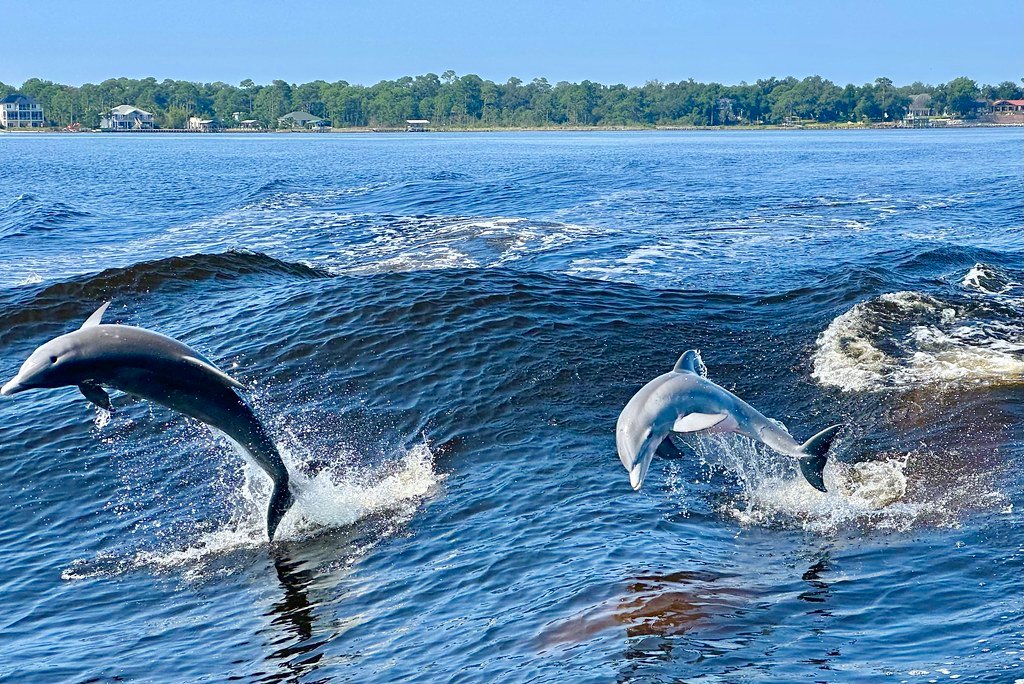
The discovery and study of dolphin signature whistles has profound implications for our understanding of animal intelligence and consciousness. The ability to create, maintain, and use individual acoustic signatures suggests a level of self-awareness and social cognition that was once thought to be uniquely human.
This research challenges us to reconsider our definitions of language, identity, and intelligence. If dolphins can name themselves and address each other by name, what other aspects of human-like cognition might exist in the animal kingdom? The answer to this question continues to evolve as our understanding of dolphin communication deepens.
The Ongoing Mystery of Dolphin Communication
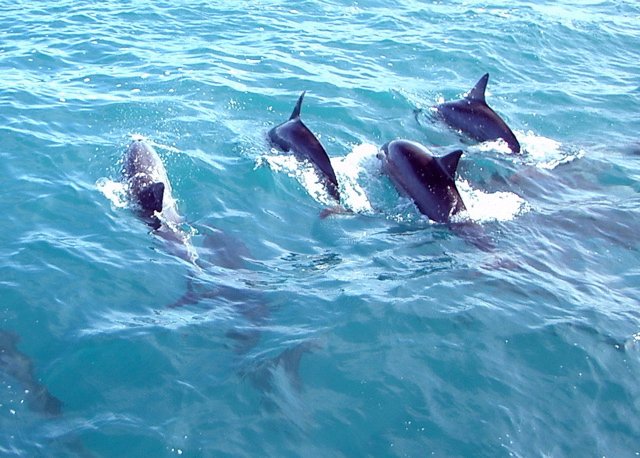
Despite decades of research, dolphins continue to surprise scientists with the complexity and sophistication of their communication systems. Signature whistles represent just one component of their acoustic repertoire, which also includes echolocation clicks, burst-pulse sounds, and various other vocalizations. The full extent of dolphin communication abilities remains largely unknown.
Recent studies have suggested that dolphins might use combinations of different sound types to create more complex messages, potentially including abstract concepts or future planning. As our technology and understanding improve, we may discover that dolphin communication is far more sophisticated than we ever imagined. The ocean’s most intelligent inhabitants may have been having complex conversations all along, and we’re only just beginning to eavesdrop on their discussions.
Conclusion
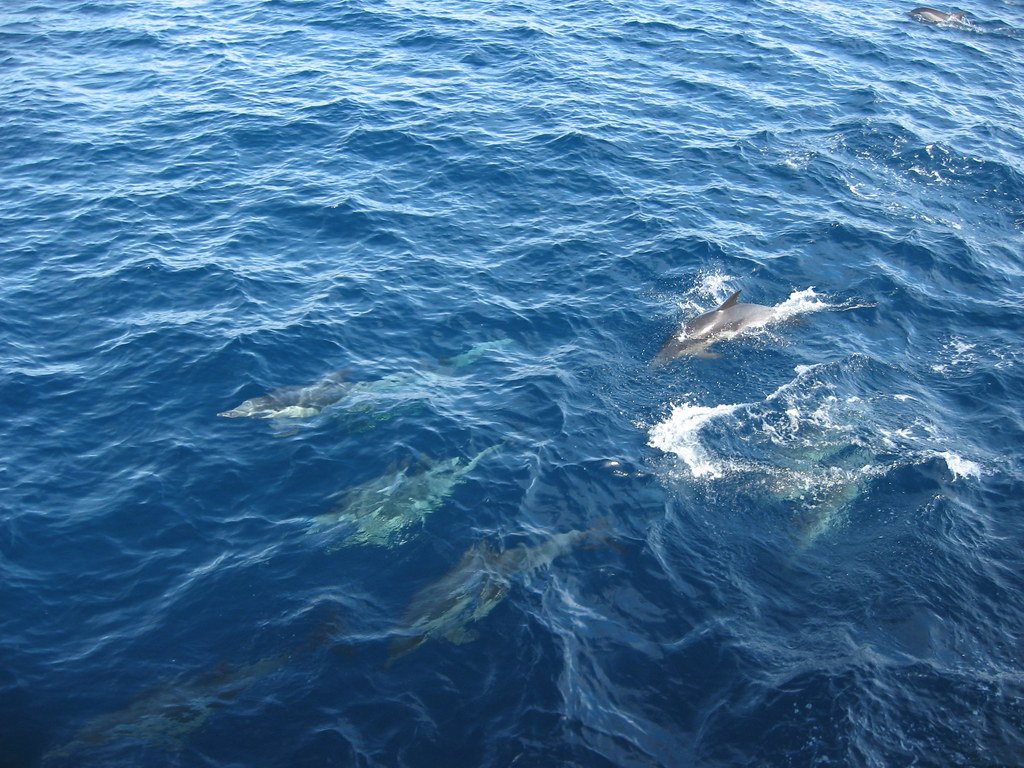
The discovery that dolphins essentially have names through their signature whistles represents one of the most significant breakthroughs in animal communication research. These unique acoustic signatures reveal a level of self-awareness and social complexity that challenges our understanding of intelligence in the animal kingdom. From the moment young dolphins create their first signature whistles to the lifelong bonds maintained through acoustic recognition, these sounds serve as the foundation of dolphin society.
As we continue to decode the mysteries of dolphin communication, we’re not just learning about these remarkable marine mammals – we’re gaining insights into the very nature of consciousness, identity, and social connection. The implications extend far beyond marine biology, touching on fundamental questions about what it means to be intelligent, self-aware, and socially connected.
The next time you hear about dolphins, remember that beneath the waves, they’re calling out their names to friends and family, maintaining relationships that span decades, and participating in one of nature’s most sophisticated naming systems. Who knows what other secrets their signature whistles might still reveal?



